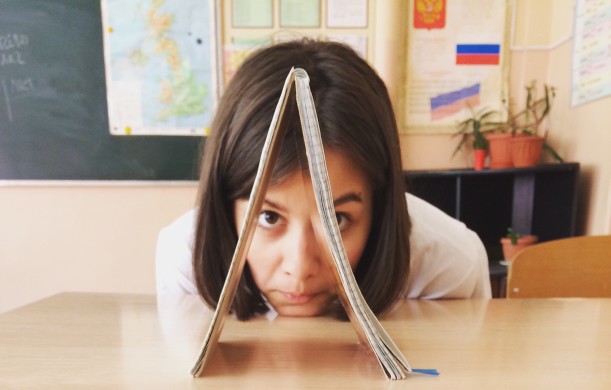5 Tips to Manage ADHD in Children
 Children with ADHD also may struggle with low self-esteem, school anxiety, troubled relationships and poor performance in school. Symptoms sometimes lessen with age. However, some people never completely outgrow their ADHD symptoms. However, they can learn strategies to be successful.
Children with ADHD also may struggle with low self-esteem, school anxiety, troubled relationships and poor performance in school. Symptoms sometimes lessen with age. However, some people never completely outgrow their ADHD symptoms. However, they can learn strategies to be successful.
Gender differences with ADHD
ADHD is more commonly diagnosed in boys than girls, but research into ADHD in adulthood suggests an almost equal balance between men and women. A lower diagnosis rate among females in childhood can result because girls with ADHD are more likely than boys to have the inattentive form of ADHD and less likely to show obvious problems.
ADHD treatment
While treatment won’t cure ADHD, it can help a great deal with symptoms. Treatment typically involves medications and behavioral interventions. Early diagnosis and treatment can make a big difference in outcome.
It’s also important to work with a therapist who specializes in ADHD to learn coping mechanisms that are nonpharmacological to help with ADHD symptoms and behaviors. A therapist can enhance the effectiveness of the medication and give tools to empower those with ADHD using treatments that may involve behavioral, psychological, social, educational and lifestyle interventions.
Behavioral strategies
Here are 5 behavioral strategies to help manage your child’s ADHD:
1. Give praise and rewards when rules are followed.
Children with ADHD often receive and expect criticism more so than other children. This can really impact self-esteem. Some days, you might have to really look for the good behavior, but you should praise good behavior at least five times more often than you criticize bad behavior.
2. Give clear, effective directions or commands.
Make eye contact or gently touch on arm or shoulder to get his or her attention. Give brief, simple steps and short commands that get to the point rather than multiple directions or wordy statements and questions.
3. Establish healthy habits.
If your child is on a medication, it should be taken as prescribed. Contact your child’s health care provider if problems arise. Make sure your child is getting enough sleep, eating a well-balanced diet consisting of three meals, a snack and adequate fluids daily, and has an outlet for some form of daily exercise.
4. Develop routines around homework and chores.
Work together to make a checklist of what needs to be done surrounding daily chores, getting ready for bed and school for your child to refer to when he or she gets off task. Encourage your child to use a daily planner so he or she is aware of all homework assignments.
5. Help your child build relationships, strong social skills and maintain friendships.
Be a good role model of behavior you want your child to use. Factor in some special time three to five days a week with your child that is conflict-free and does not involve a screen to help maintain a strong parent-child relationship. Help your child develop at least one close friendship.
Excerpted from “5 Tips to Manage ADHD in Children.” Read the full article from the Mayo Clinic.







